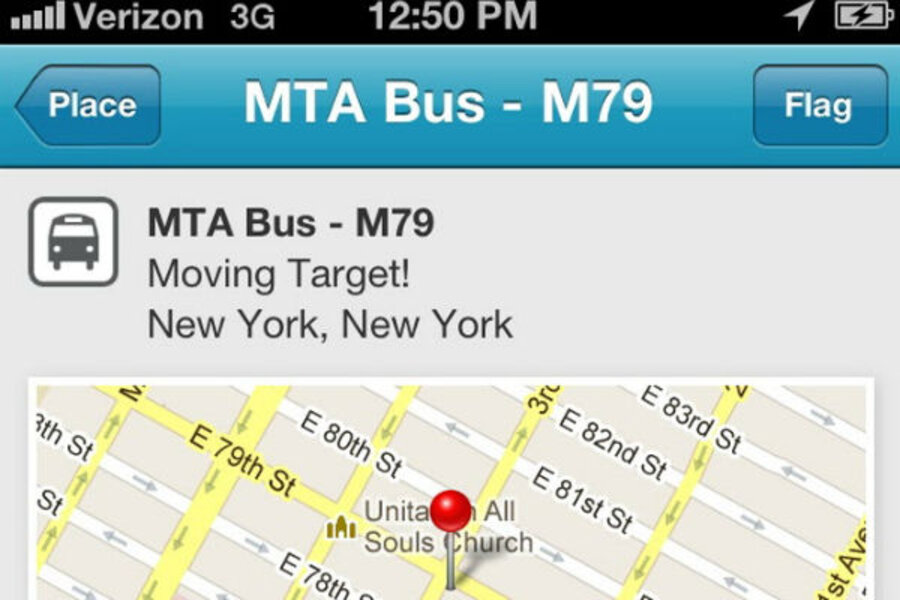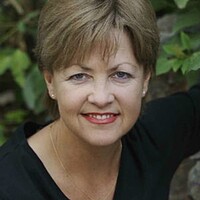GPS app usage rising among teenagers with smartphones
Loading...
| San Jose, Calif.
There has been a lot of speculation but little really known about Americans’ use of location-based services (LBS) and geosocial services on cellphones. Thanks to some new research from the Pew Internet Project, the picture is starting to fill in.
Pew defines LBS as anything from GPS-enabled map services to, for example, nearby restaurant reviews using an app or browser on one’s cellphone. Examples of geosocial services are “check-in” services like Foursquare and Gowalla, the latter recently acquired by Facebook.
The use of both types is rising with smartphone adoption, Pew found. Smartphone use went from 35% of US adults last May to 46% this past February, less than a year.
At last we have some data on teen use of location services! As of last July, almost a fifth (18%) of teen smartphone users use a geosocial service such as Foursquare. That’s 8% of teen cellphone owners and 6% of US 12-to-17-year-olds overall. Not surprisingly, older teens use them more than younger ones.
I say “not surprisingly” because part of the enjoyment of check-in services is being independently mobile so one can spontaneously go to meet friends who’ve checked into a specific location. Of course, more urban kids could use public transportation, but that cuts down on the spontaneity a bit, and younger kids generally need some measure of permission from a parent to move around the city on their own.
Here are some other numbers on use of location services:
- LBS: “Almost three-quarters (74%) of smartphone owners” use real-time LBS info on their phones, “up from 55% in May 2011.” So “the overall proportion of adults who get location-based information has almost doubled” in less than a year – 23% to 41%
- Geosocial use went from 12% to 18% of US adults in the same May-to-February period. Ninety-three percent of geosocial service users also use LBS
The Christian Science Monitor has assembled a diverse group of the best family and parenting bloggers out there. Our contributing and guest bloggers are not employed or directed by the Monitor, and the views expressed are the bloggers' own, as is responsibility for the content of their blogs. Anne Collier blogs at NetFamilyNews.






